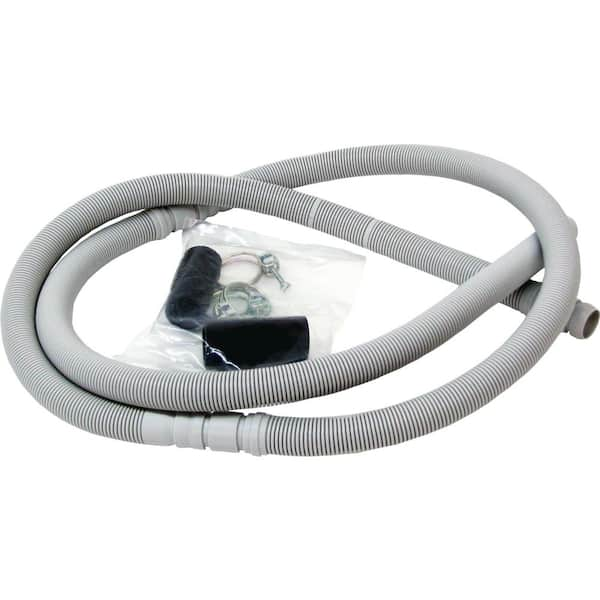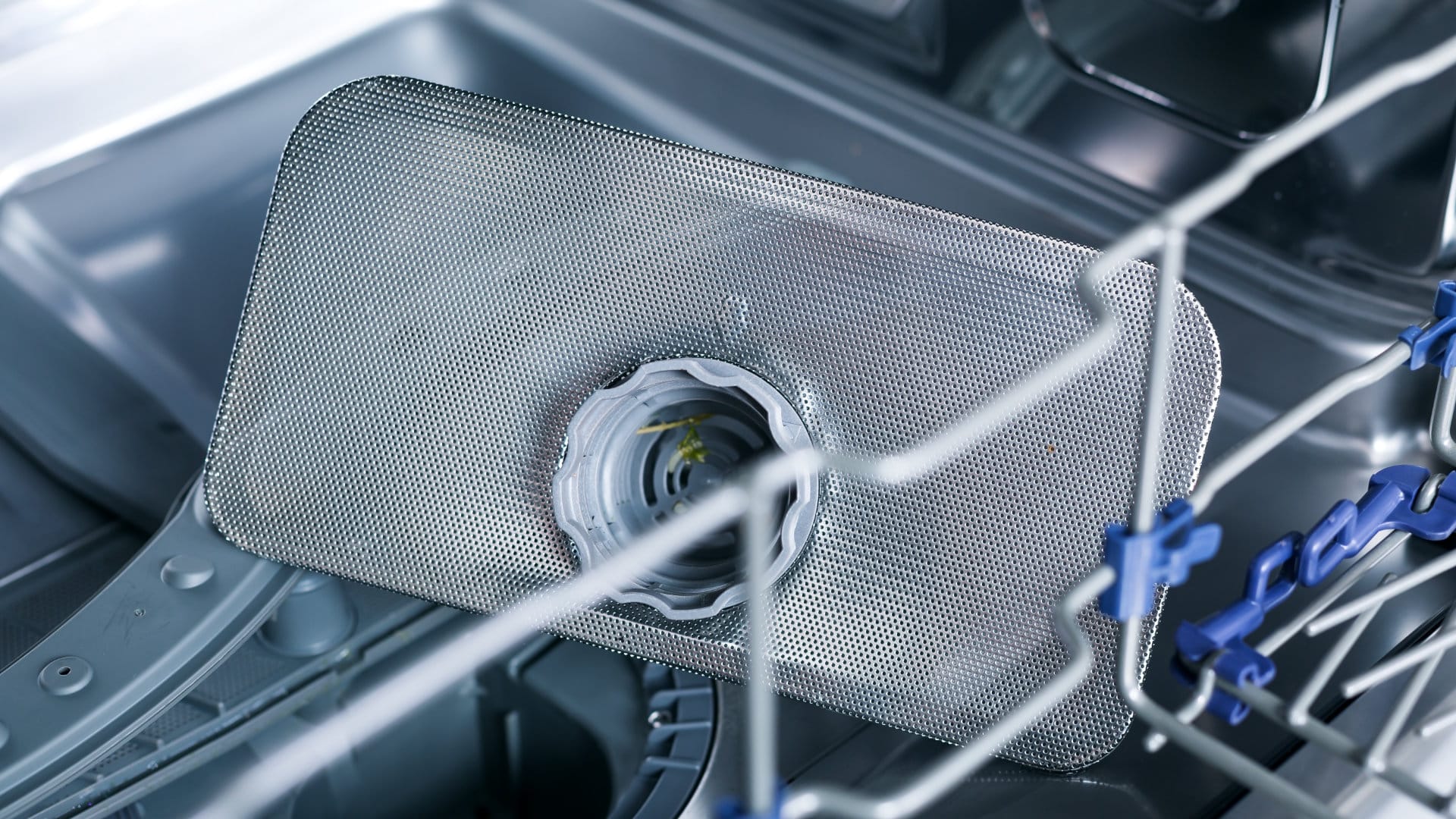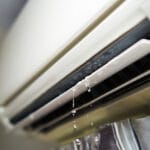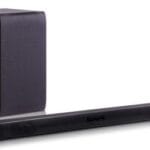Dealing with a Bosch dishwasher drainage problem can be frustrating. Water not draining properly can lead to dirty dishes and a smelly kitchen.
Understanding why your Bosch dishwasher is not draining is the first step to fixing the issue. Common causes include clogged filters, blocked hoses, or a faulty drain pump. Identifying the problem can help you find the right solution quickly. Whether you’re a DIY enthusiast or someone looking to save on repair costs, this guide will provide you with the necessary steps to troubleshoot and resolve the drainage problem.
Stay with us to learn how to get your dishwasher back to its optimal performance. You’ll find that with a bit of knowledge, you can handle this issue without stress.
Common Causes
Bosch dishwashers are reliable, but sometimes they face drainage problems. Understanding common causes can help you fix them quickly. Below are some common issues.
Clogged Filters
One of the most common causes is clogged filters. Debris, food particles, and grease can build up over time. This blocks the filter and prevents water from draining properly. Cleaning the filter regularly can prevent this problem.
- Remove the bottom rack of the dishwasher.
- Locate the filter at the bottom of the machine.
- Twist and pull out the filter.
- Rinse it under running water.
- Use a soft brush to remove stubborn debris.
By doing this, you can ensure that your dishwasher drains effectively. Regular maintenance is key.
Blocked Drain Hose
Another common cause is a blocked drain hose. The drain hose carries wastewater out of the dishwasher. If it gets blocked, water cannot exit, leading to drainage issues.
To check for a blockage:
- Turn off the dishwasher and unplug it.
- Remove the kickplate at the bottom front of the machine.
- Locate the drain hose, which is usually connected to the garbage disposal or sink drain.
- Disconnect the hose and check for blockages.
- Use a long brush or a plumbing snake to remove any obstructions.
- Reattach the hose and secure it tightly.
These steps can help ensure your dishwasher drains properly. Keeping the hose clear is essential.

Credit: www.youtube.com
Initial Checks
Experiencing issues with your Bosch dishwasher’s drainage? Start with some initial checks. These preliminary steps can save you time and effort. They help identify simple problems that can be fixed easily.
Power Supply
First, ensure your dishwasher is receiving power. Check the power cord and outlet. If the dishwasher is not turning on, the issue might be with the power supply.
- Verify the power cord is plugged in securely.
- Inspect the outlet for any visible damage.
- Test the outlet with another device to confirm it works.
If there is a power issue, try resetting the circuit breaker. This can sometimes resolve electrical problems. If the dishwasher still does not power on, the problem may be internal and require professional help.
Error Codes
Bosch dishwashers display error codes to help diagnose problems. These codes can point to specific issues, including drainage problems.
| Error Code | Description |
|---|---|
| E24 | Drain hose is blocked or kinked. |
| E25 | Drain pump is blocked. |
When you see an error code, refer to your dishwasher’s manual. It will provide steps for troubleshooting. Clearing the blockage or unkinking the hose can often solve the problem.
By performing these initial checks, you can often identify and resolve common drainage issues with your Bosch dishwasher.
Cleaning Filters
Having trouble with your Bosch dishwasher not draining properly? A common cause is clogged filters. Regular cleaning ensures efficient drainage and prevents build-up. This guide will help you clean your dishwasher filters easily.
Removing Filters
First, locate the filters at the bottom of your dishwasher. Most Bosch models have a cylindrical filter and a flat filter. Follow these steps to remove them:
- Open the dishwasher and remove the bottom rack.
- Turn the cylindrical filter counterclockwise and lift it out.
- Remove the flat filter by sliding it out gently.
Cleaning Process
After removing the filters, it’s time to clean them. Follow these steps:
- Rinse the filters under warm water.
- Use a soft brush to scrub away debris.
- Pay special attention to the mesh and crevices.
- If needed, soak the filters in warm soapy water for 10 minutes.
Ensure the filters are completely clean before reassembling. Place the flat filter back in its position first, followed by the cylindrical filter. Turn the cylindrical filter clockwise until it locks in place. Finally, put the bottom rack back in the dishwasher.
By regularly cleaning the filters, you prevent drainage problems and extend your dishwasher’s life. Keep your Bosch dishwasher running smoothly with these simple steps.
Inspecting Drain Hose
Experiencing drainage issues with your Bosch dishwasher can be frustrating. One common cause is a blocked or damaged drain hose. Inspecting and maintaining the drain hose can help restore your dishwasher’s performance. Below, we will discuss how to locate the hose and clear blockages effectively.
Locating The Hose
First, you need to locate the drain hose. Typically, it is found behind the dishwasher. To access it, follow these steps:
- Turn off the dishwasher and unplug it for safety.
- Pull the dishwasher away from the wall gently.
- Look for a flexible hose connected to the back.
The drain hose connects the dishwasher to the sink drain or garbage disposal. Ensure it is not kinked or damaged.
Clearing Blockages
Blockages in the drain hose are common and can be cleared with these steps:
- Disconnect the hose from the dishwasher and sink drain.
- Use a long, flexible brush to clear any debris.
- Rinse the hose with water to ensure it is clean.
Reattach the hose securely. Run a short cycle to check if the blockage is cleared. If the issue persists, consider checking the dishwasher filter or seeking professional help.
Checking Garbage Disposal
Experiencing drainage issues with your Bosch dishwasher can be frustrating. Sometimes, the problem lies in the garbage disposal. This section will guide you through checking the garbage disposal to ensure it is not causing the drainage problem.
Connection Issues
First, check the connection between your dishwasher and garbage disposal. Ensure the hose is securely attached and there are no kinks. A loose or kinked hose can hinder proper drainage.
- Turn off the power to the dishwasher and garbage disposal.
- Locate the drain hose connection.
- Inspect the hose for any kinks or damage.
- Ensure the hose is securely connected.
If the hose is damaged, replace it. A proper connection is crucial for effective drainage.
Cleaning Disposal
Next, clean the garbage disposal. Food particles and debris can clog the disposal, preventing proper drainage. Follow these steps:
- Turn off the power to the garbage disposal.
- Check for visible debris inside the disposal.
- Use tongs or pliers to remove any large particles.
- Pour a mixture of baking soda and vinegar into the disposal.
- Let it sit for a few minutes.
- Flush with hot water.
Regular cleaning can prevent clogs and ensure smooth drainage. Maintain the disposal for optimal dishwasher performance.

Credit: www.homedepot.com
Examining Drain Pump
Experiencing a Bosch dishwasher drainage problem can be frustrating. One common issue is a malfunctioning drain pump. Examining the drain pump can help identify and fix drainage problems. Follow these steps to access and test the pump.
Accessing The Pump
First, disconnect the dishwasher from the power source. This ensures safety during the inspection. Next, locate the drain pump. Usually, it’s at the bottom of the dishwasher. You might need to remove the bottom panel. Use a screwdriver to take out the screws. Carefully pull off the panel to access the pump.
Testing Functionality
Once you have access to the pump, check for any visible blockages. Remove debris, if any. To test the pump, you can use a multimeter. Set the multimeter to the lowest resistance setting. Touch the probes to the pump terminals. A reading between 200 to 300 ohms indicates the pump is functioning. If the reading is outside this range, the pump may need replacement.
Ensure the pump impeller moves freely. If it’s stuck, clean it carefully. Reassemble the dishwasher and run a test cycle. Observe if the drainage problem persists. If yes, consider consulting a professional technician.
Resetting The Dishwasher
A Bosch dishwasher draining problem can be frustrating. Sometimes, resetting the dishwasher can solve the issue. Resetting can clear minor errors and restore normal function. Let’s explore how to reset your Bosch dishwasher.
Reset Methods
There are different ways to reset a Bosch dishwasher. The first method involves pressing and holding the “Start” button. Hold it for about 3 to 5 seconds. This simple step can reset the machine.
Another method is to turn off the dishwasher. Unplug it from the power source. Wait for 10 to 15 minutes. Then plug it back in. This can help reset the internal system.
Some Bosch models have a reset button. Check your user manual to find it. Press the reset button and follow the instructions. This can also help solve drainage problems.
When To Reset
Resetting the dishwasher is useful in several situations. If the machine shows error codes, a reset might help. It can clear minor software glitches.
If the dishwasher is not draining properly, try resetting it. Sometimes, a simple reset can resolve drainage issues. If the machine stops mid-cycle, a reset can restart it.
You should also reset after a power outage. This ensures that the dishwasher’s system is in sync. Always refer to the user manual for specific reset instructions.
Preventive Maintenance
Regular preventive maintenance helps avoid Bosch dishwasher drainage problems. Clean the filter and check the drain hose often for blockages. This ensures smooth operation and prevents costly repairs.
Preventive maintenance can help keep your Bosch dishwasher in top condition. Regular upkeep prevents drainage problems and ensures efficiency. Simple tasks can save you from expensive repairs.
Regular Cleaning
Clean the dishwasher filter every month. Food particles and debris can clog it. Remove the filter and rinse it under warm water. Use a soft brush to remove any stubborn particles.
Wipe the door seals with a damp cloth. This prevents mold and buildup. Clean the spray arms too. They can get clogged with food and mineral deposits. Remove them and use a toothpick to clear out any blockages.
Usage Tips
Scrape off food particles before loading dishes. This reduces the risk of clogs. Avoid overloading the dishwasher. It can prevent proper water flow.
Use the right dishwasher detergent. Follow the manufacturer’s recommendations. Run a hot water cycle once a month. This helps break down grease and buildup.
Check the drain hose regularly. Ensure it’s not kinked or clogged. Keep the dishwasher door slightly open when not in use. It helps prevent mold and odors.
“`
When To Call A Professional
Experiencing drainage problems with your Bosch dishwasher can be frustrating. While some issues can be resolved with basic troubleshooting, there are times when calling a professional is necessary. Knowing when to seek help can save time and prevent further damage to your appliance.
Signs Of Major Issues
Identifying major issues early can prevent costly repairs. Here are some signs that indicate you need professional help:
- Water not draining: If water remains at the bottom of the dishwasher after a cycle, it might be a serious problem.
- Strange noises: Unusual sounds during operation could indicate a mechanical issue.
- Unpleasant odors: Persistent bad smells may mean there is a blockage or buildup that needs professional cleaning.
- Repeated error codes: If the same error code appears repeatedly, it’s time for expert assistance.
Finding A Technician
Once you’ve determined that you need professional help, the next step is finding a qualified technician. Here are some tips:
- Check credentials: Ensure the technician is certified and has experience with Bosch dishwashers.
- Read reviews: Look for customer reviews and ratings to gauge the quality of service.
- Ask for a quote: Obtain a detailed estimate before any work begins.
- Verify warranty: Check if the repair falls under any existing warranties to save on costs.
By following these steps, you can find a reliable technician who can effectively resolve your Bosch dishwasher drainage problem. Remember, timely intervention can prevent minor issues from becoming major ones.

Credit: academy.fredsappliance.com
Frequently Asked Questions
Why Is My Bosch Dishwasher Not Draining?
A common cause is a clogged filter or drain hose. Clean them to resolve the issue.
How Do I Unclog My Bosch Dishwasher?
Remove and clean the filter and drain hose. Check for blockages in the drain pump.
Can A Faulty Pump Cause Drainage Problems?
Yes, a broken drain pump can stop the dishwasher from draining. It may need replacement.
How Often Should I Clean The Filter?
Clean the filter once a month. This prevents clogs and ensures smooth drainage.
Is It Safe To Use Chemicals To Unclog?
No, avoid using chemicals. They can damage parts. Use manual cleaning methods instead.
Conclusion
Resolving your Bosch dishwasher drainage problem is achievable with simple steps. First, check the filter and drain hose for clogs. Clean them thoroughly. Next, inspect the drain pump for any obstructions. Regular maintenance can prevent future issues. Remember, a smoothly running dishwasher saves time and stress.
If problems persist, consider seeking professional help. Ensuring your dishwasher drains properly keeps your kitchen running efficiently. Keep these tips in mind for hassle-free dishwashing. Your Bosch dishwasher can perform perfectly with a little care.




